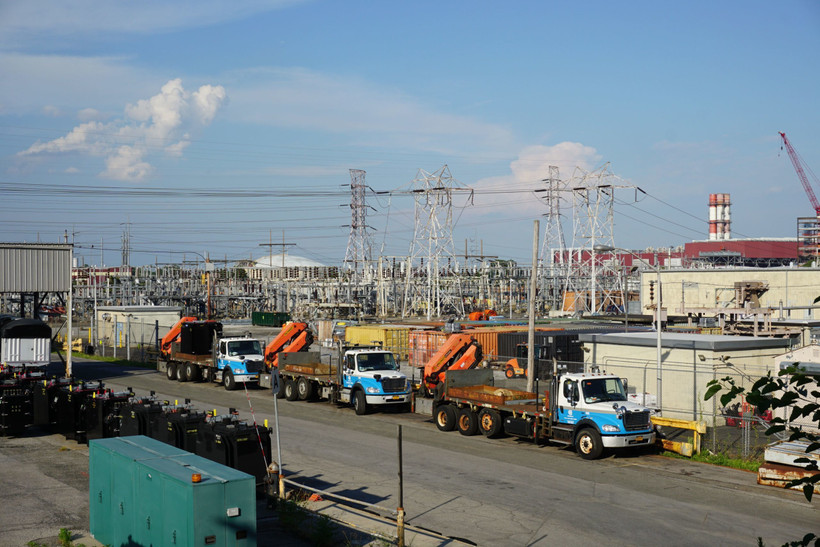The Fossil Fuel Investments Driving Up ConEd Energy Bills
ConEd wants to jack up electric bills by 10 percent, and gas by 15 percent. Here’s what that would pay for.

This story was published in partnership with the Albany Times Union.
ConEd wants to jack up electric bills by 10 percent, and gas by 15 percent. Here’s what that would pay for.

This story was published in partnership with the Albany Times Union.
I hope this article helped you better answer the question that guides all of our journalism: Who runs New York? Before you click away, please consider supporting our work and making more stories like this one possible.
New York state is standing at a crossroads for climate action. After passing one of the nation’s most ambitious climate laws in 2019, the state is lagging far behind on its targets, struggling to meet deadlines to build renewable energy and clean up its buildings and roads. Other states are closely watching our progress, making decisions about their own climate plans based on New York’s ability to implement this legislation.
As New York’s only statewide nonprofit news publication, we’ve been scrutinizing the state’s climate progress. Our journalism exists to unpack how power works in New York, analyze who’s really calling the shots, and reveal how obscure decisions shape ordinary New Yorkers’ lives.
But we can't do this work without your help. We rely on reader donations to help sustain our outlet, and every gift directly allows us to publish more pieces like this.
Our work has already shown what can happen when those with power know that someone is watching, with my reporting prompting a state investigation and fine for a major corporation. I have more story ideas than I can count, but only limited resources to pursue all the leads that come across my desk.
If you’re able, please consider supporting our journalism with a one-time or monthly gift. Even small donations make a big difference.
Thank you for reading.


In rural New York, even some Republicans are frustrated as the administration halts $186 million in conservation payments to farmers.
A 2023 law is transforming the state power authority into one of New York’s biggest renewable developers. Some still want it to go further.
Unless Albany offers more money, tens of thousands of parents in New York City are set to lose child care assistance this year. We spoke to six of them.
Donors solicited by at least three undisclosed bundlers — Tonio Burgos, Jim Whelan, and Rick Ostroff — were told their gifts would be matched with public funds, despite that being barred by city election law.
The candidates did not disclose Solidarity PAC’s fundraising role in campaign finance disclosures.
The mayor enlisted an army of contractors to build a one-stop benefits platform. Two years and $100 million later, the website is a skeleton of what it was supposed to be.
Here’s where the Senate, Assembly, and governor stand on funding New York’s green transition.
In many cases, electrifying homes is cheaper, according to one new study.
The state is pushing ahead on all-electric buildings, but a draft update to the building code leaves out other key recommendations from the state’s climate plan.